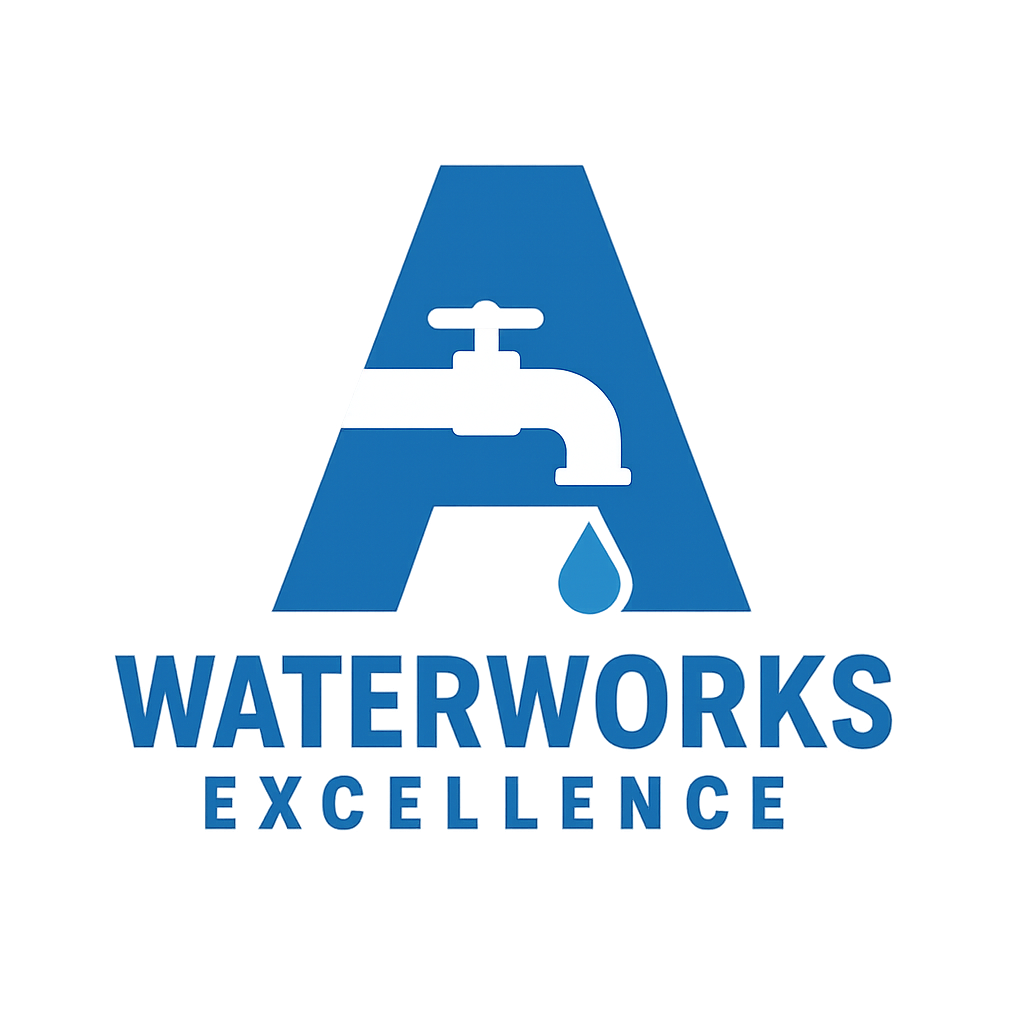
Health
Delivering safe, healthy drinking water is the primary objective of any municipal water utility. Water Excellence grades for Health are based on regulated contaminant levels, with separate assessments of acute contaminants (which pose an immediate risk to human health) and chronic contaminants (which can cause negative health effects after continuous exposure over a long period of time). The SDWA regulates both types of contaminants through primary MCLs; water utilities violate the SDWA when they exceed an MCL.
As with every WE grade, distinguishing between adequate, good, and excellent performance is a guiding principle of our approach to evaluating water quality. To that end, our grading scheme views compliance with MCLs as defined in state and federal rules as a minimum expectation, and our grading scale calculates grades as a function of observed contaminant levels relative to their MCLs. Exceedances of MCLs that result in formal violations reflect failures of a utility’s health mission, and so a utility that formally violates an acute MCL automatically fails the Health subject. Violations of MCLs for chronic contaminants also result in a failing grade for Health if the violating utility does not take action with DNR to correct the problem; if the utility has established corrective measures with DNR the penalty for a chronic MCL is a 25% grade reduction.
